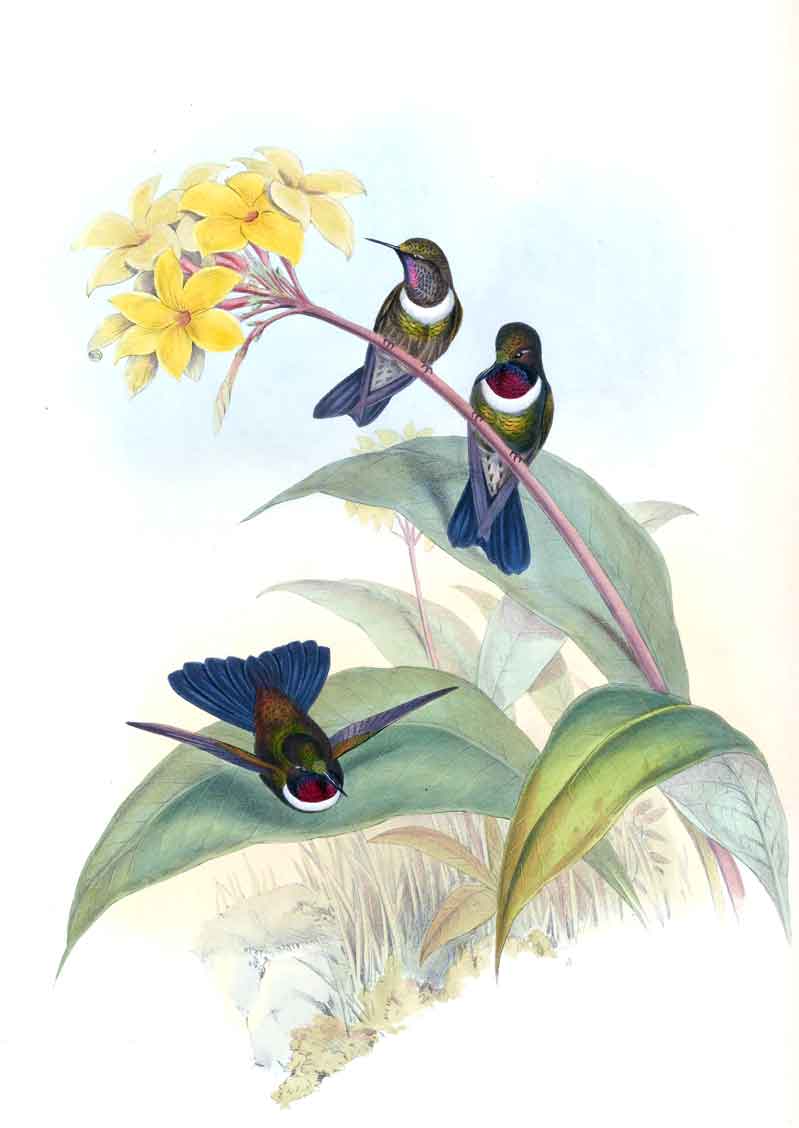
Superregnum: Eukaryota
Cladus: Unikonta
Cladus: Opisthokonta
Cladus: Holozoa
Regnum: Animalia
Subregnum: Eumetazoa
Cladus: Bilateria
Cladus: Nephrozoa
Superphylum: Deuterostomia
Phylum: Chordata
Subphylum: Vertebrata
Infraphylum: Gnathostomata
Megaclassis: Osteichthyes
Cladus: Sarcopterygii
Cladus: Rhipidistia
Cladus: Tetrapodomorpha
Cladus: Eotetrapodiformes
Cladus: Elpistostegalia
Superclassis: Tetrapoda
Cladus: Reptiliomorpha
Cladus: Amniota
Classis: Reptilia
Cladus: Eureptilia
Cladus: Romeriida
Subclassis: Diapsida
Cladus: Sauria
Infraclassis: Archosauromorpha
Cladus: Crurotarsi
Divisio: Archosauria
Cladus: Avemetatarsalia
Cladus: Ornithodira
Subtaxon: Dinosauromorpha
Cladus: Dinosauriformes
Cladus: Dracohors
Cladus: Dinosauria
Ordo: Saurischia
Cladus: Eusaurischia
Subordo: Theropoda
Cladus: Neotheropoda
Cladus: Averostra
Cladus: Tetanurae
Cladus: Avetheropoda
Cladus: Coelurosauria
Cladus: Tyrannoraptora
Cladus: Maniraptoromorpha
Cladus: Maniraptoriformes
Cladus: Maniraptora
Cladus: Pennaraptora
Cladus: Paraves
Cladus: Eumaniraptora
Cladus: Avialae
Infraclassis: Aves
Cladus: Avebrevicauda
Cladus: Pygostylia
Cladus: Ornithothoraces
Cladus: Ornithuromorpha
Cladus: Carinatae
Parvclassis: Neornithes
Cohors: Neognathae
Cladus: Neoaves
Superordo: Caprimulgimorphae
Ordo: Apodiformes
Familia: Trochilidae
Subfamilia: Trochilinae
Genus: Heliangelus
Species: Heliangelus strophianus
Name
Heliangelus strophianus (Gould, 1846)
Type locality: no locality; assumed NW Ecuador.
Synonyms
Trochilus strophianus (protonym)
Heliangelus violicollis Salvin, 1891
References
Gould, J. 1846. Descriptions of three New Species of the family of Trochilidae. Proceedings of the Zoological Society of London Pt 14 no.158: 44–45 BHL Reference page. p. 45 BHL
Vernacular names
English: Gorgeted Sunangel
español: Colibrí pectoral
The gorgeted sunangel (Heliangelus strophianus) is a species of hummingbird in the "coquettes", tribe Lesbiini of subfamily Lesbiinae. It is found in Colombia and Ecuador.[3][4]
Taxonomy and systematics
The gorgeted sunangel is monotypic.[3]
Painting by John Gould
Description
The gorgeted sunangel is 10 to 11 cm (3.9 to 4.3 in) long and weighs about 5.3 g (0.19 oz). Its bill is short, blackish, and straight. The species is sexually dimorphic, but only slightly. Both sexes are dark velvety green above with a small white postocular spot and a dark steel-blue tail. Their lower underparts are dark green with dark gray speckles towards the rear. The male has a small glittering green frontlet just above the bill. Its throat and upper breast gorget is glittering rose to violet and has a white pectoral band below it. The female's chin is dark gray-brown with white fringes on the feathers and occasionally some glittering rosy feathers. Juveniles are like the female but with a narrower white pectoral band.[5]
Distribution and habitat
The gorgeted sunangel is found from far southwestern Colombia's Nariño Department south discontinuously through much of western Ecuador. It primarily inhabits humid to wet premontane forest but is also found at the forest's shrubby borders and thickets. Within the forest it favors damp ravines. In elevation it ranges from 1,200 to 2,800 m (3,900 to 9,200 ft) but is rare at the upper elevations.[5]
Behavior
Movement
Little is known about the gorgeted sunangel's movements but some seasonal altitudinal movement is likely.[5]
Feeding
The gorgeted sunangel is usually seen alone, so it is probably territorial. It feeds on nectar, mostly at low flowers but sometimes as high as the subcanopy. It stays in or near cover and shuns open areas. No further information has been documented, though other species of its genus include insects in their diets.[5]
Breeding
The gorgeted sunangel's breeding season is mainly between October and December but might begin earlier. The clutch of two white eggs is incubated by the female. Nothing else is known about the species' breeding phenology.[5]
Dickcissel male perched on a metal pole singing, with neck stretched and beak open.
Songs and calls
Listen to gorgeted sunangel on xeno-canto
Vocalization
The gorgeted sunangel's song is "a repeated series of 2–3 high-pitched 'pseee' notes...followed by a slightly lower-pitched 'tsip' note." Its call is "a dry chattering followed by a mellow note 'kr..krr..krr..whee..'" and it also makes a high-pitched twitter.[5]
Status
The IUCN has assessed the gorgeted sunangel as being of Least Concern, though its population size is not known and is believed to be decreasing.[1] It is fairly common in much of its range and occurs in a few protected areas.[5]
References
BirdLife International (2016). "Gorgeted Sunangel Heliangelus strophianus". IUCN Red List of Threatened Species. 2016: e.T22687890A93173511. doi:10.2305/IUCN.UK.2016-3.RLTS.T22687890A93173511.en. Retrieved 21 January 2022.
"Appendices | CITES". cites.org. Retrieved 2022-01-14.
Gill, F.; Donsker, D.; Rasmussen, P. (July 2021). "IOC World Bird List (v 12.1)". doi:10.14344/IOC.ML.11.2. Retrieved January 15, 2022.
HBW and BirdLife International (2020) Handbook of the Birds of the World and BirdLife International digital checklist of the birds of the world Version 5. Available at: http://datazone.birdlife.org/userfiles/file/Species/Taxonomy/HBW-BirdLife_Checklist_v5_Dec20.zip [.xls zipped 1 MB] retrieved May 27, 2021
Heynen, I. and P. F. D. Boesman (2020). Gorgeted Sunangel (Heliangelus strophianus), version 1.0. In Birds of the World (J. del Hoyo, A. Elliott, J. Sargatal, D. A. Christie, and E. de Juana, Editors). Cornell Lab of Ornithology, Ithaca, NY, USA. https://doi.org/10.2173/bow.gorsun1.01 retrieved January 21, 2022
Retrieved from "http://en.wikipedia.org/"
All text is available under the terms of the GNU Free Documentation License

